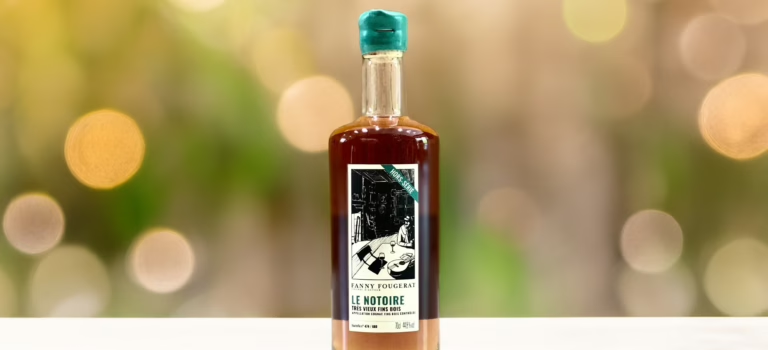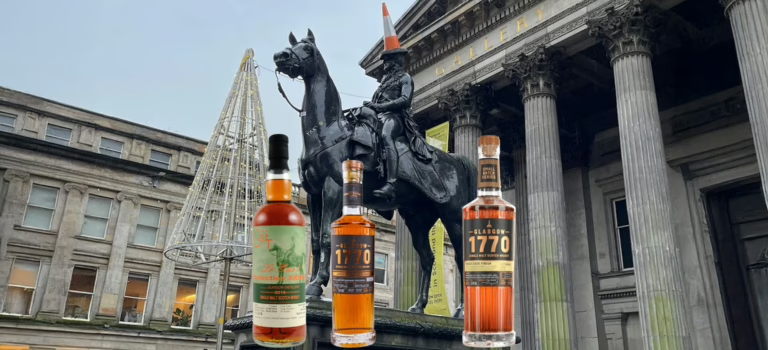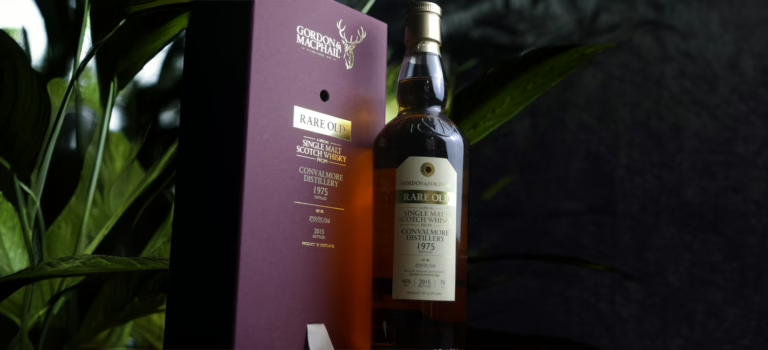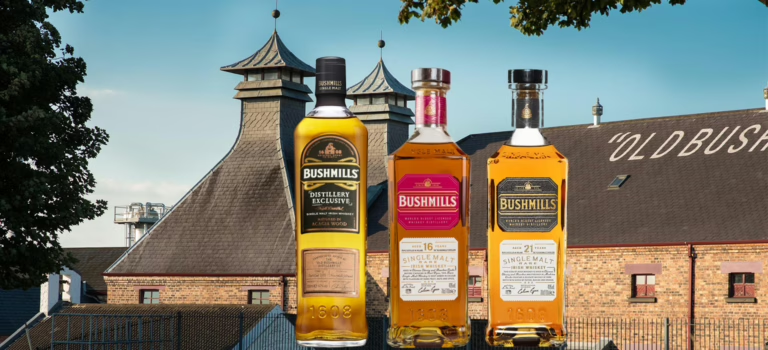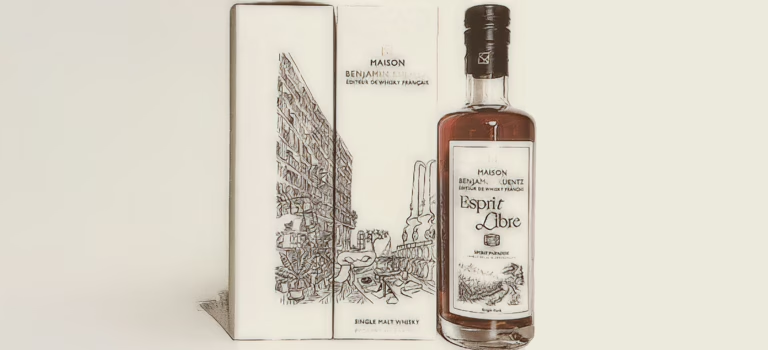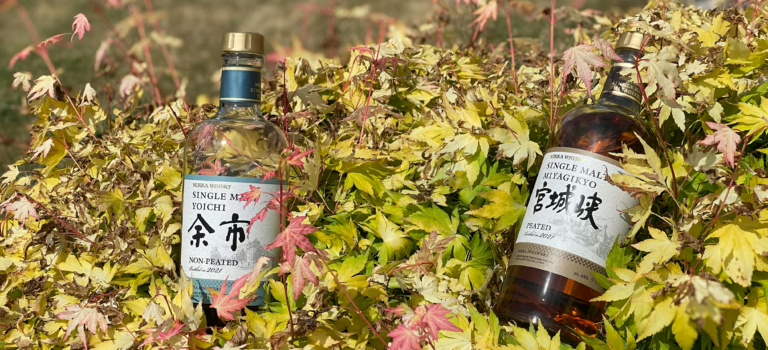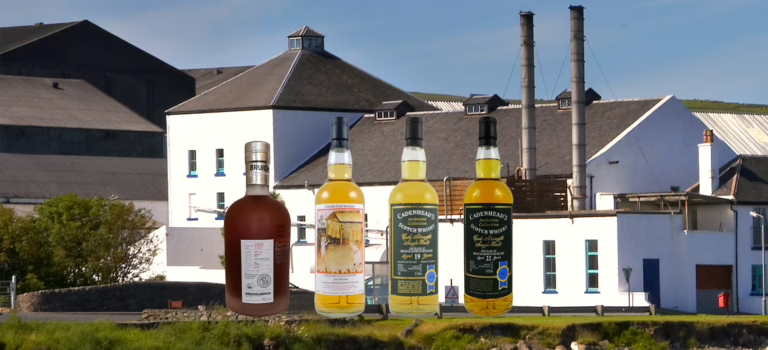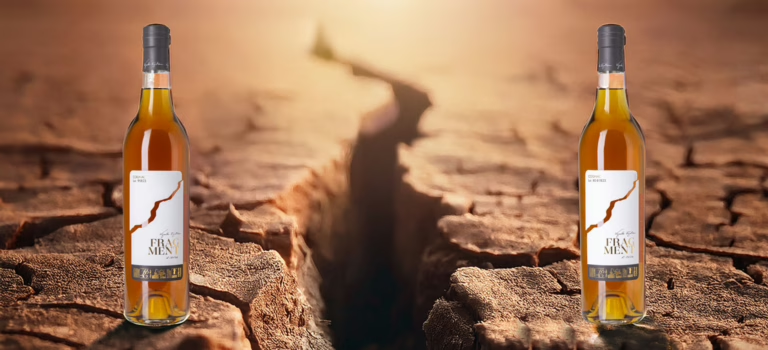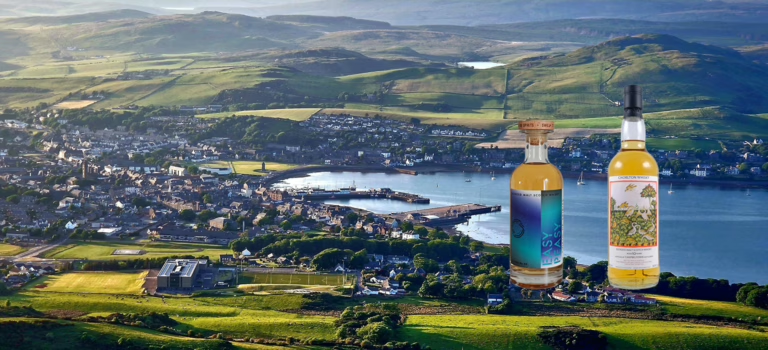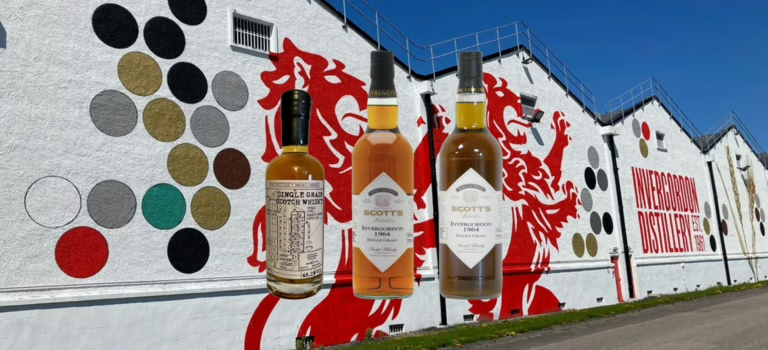Fanny Fougerat Cognac is a small, independent house founded in 2013 by Fanny Fougerat, who represents the fourth generation of her family to work as winegrowers and distillers. Unlike previous generations, who sold their eaux-de-vie to major Cognac houses, Fanny decided to bottle her own Cognac, focusing on expressing the character of her vineyards in Borderies and Fins Bois. She produces single-parcel, non-blended cognacs in order to highlight the terroir and showcase freshness, finesse, and precision (her words). Her approach aims to offer a transparent and distinctive alternative to the traditional image of Cognac, with each release labelled by barrel and bottle number. We review today an older release: the Fanny Fougerat Le Notoire Cognac.
Read more